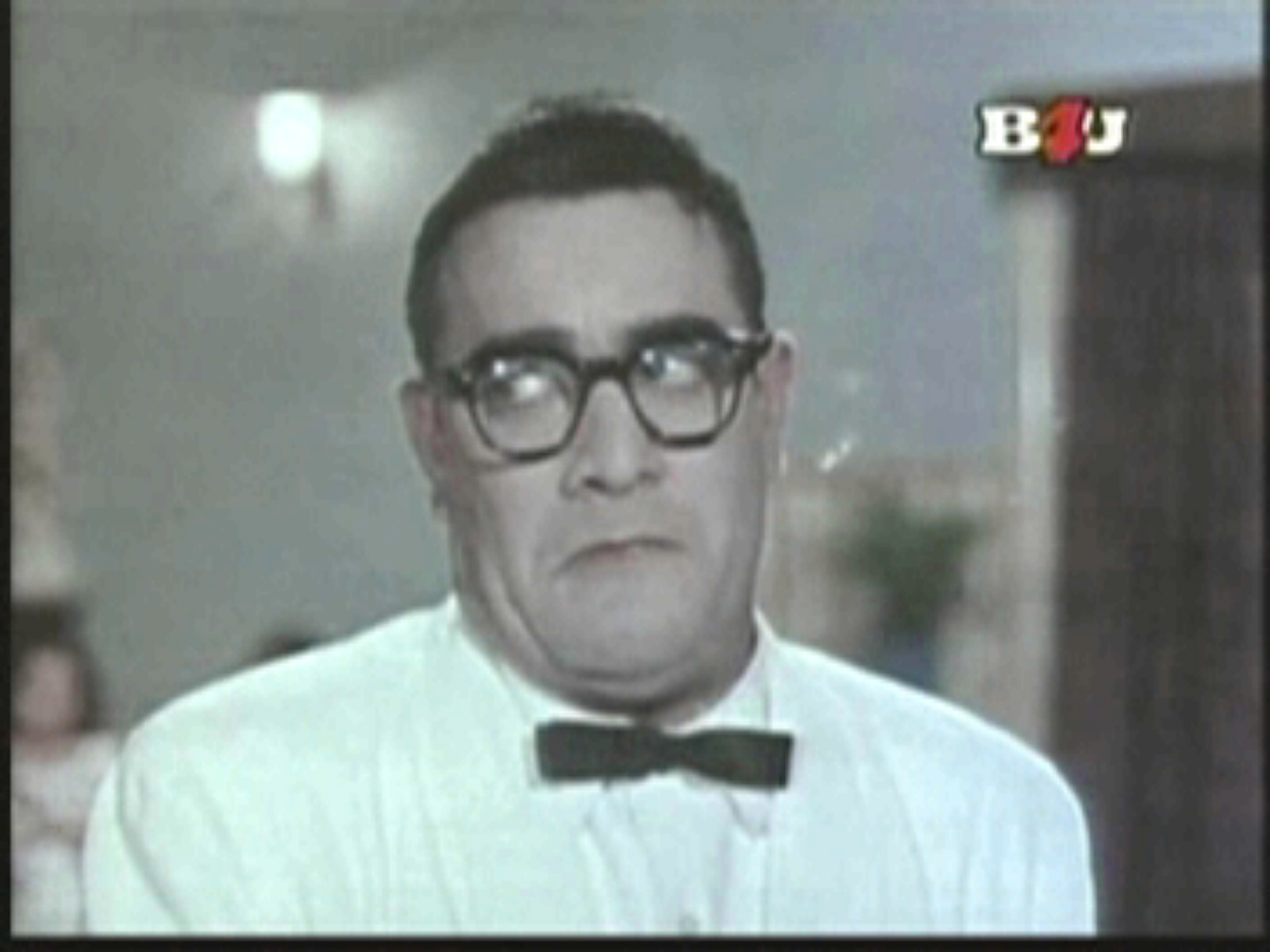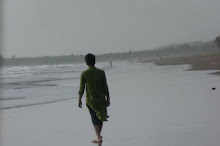Lata Mangeshkar (Razia Sultan - 1983)
Jaan Nisar Akhtar, Khayyam
We start with the Santoor beats which create a resonating effect with the exceptional pauses in between them...these chasms are so instrumental in creating the effect in this song...just like the long, unending distances in the desert, these pauses define the emptiness of the heart...it aches and longs for love just like a peddler longs for water and food while traveling in the desert...The emotion on 'Dil-e-Naadaan' shows how empty the heart is of any positive feels or filled to the brim with sadness...this contrast yet equivalence of the two emotions is depicted so ably that you shudder!!!
The tabla and Violins join in the terrific Santoor...and so does the reverberating voice of Latadi...this sounds just like a Lata-Santoor duet when she hums alongwith it...The class interludes with the Santoor, Violins and the Dhol is a lead-way to the wonderful antras where Lata ably brings the pathos in her voice..mark her expression at 'Kaisi Uljhan Hai..'! The way she pronounces 'Ek Saaya Sa Rubaru Kya Hai..' literally makes us feel that there is a shadow down there deep in the sands of the desert..
The second interlude starts and enters the Sarangi magic...and the melancholy, desperation, helplessness, loneliness of the character comes to the furor..
'Kya Qayamat Hai, Kya Musibat Hai,
Keh Nahi Sakte Kiska Armaan Hai,
Zindagi Jaise Khoyi Khoyi Hai, Hairaan Hairaan Hai...'
The journey towards the end starts...everything is lost, nothing is visibly in sight just as the empty, barren desert...yet the end is not in sight just as the unendingness of the desert, the desperation surmounts all...and this is so beautifully depicted through the music pieces..Latadi hits the highest chord with utter pain in the heart with 'Kya Qayamat Hai..Kya Musibat Hai..', the background score keeps the tempo at a single pace ably showing that the monotony in life is terrible. And the journey proceeds (zindagi ki jagdojehat badhti rehti hain, aant nazar nahi aata...sab kuch gumsum hain...')
...and this is exactly what happens next...a loooooong killing pause,
'Ye Zami Chup Hai, Aasmaan Chup Hai..'
the helplessness increases manifold...not even the ever-so-alive nature is able to find an answer to her restlessness, incompleteness...but even then the heart beats (which is emphatically depicted by the Tabla beats)..and the unending struggle continues unwillingly...
This is the pinnacle point of the song, the pauses shake you up..they bring a lump to your throat...the lengthiness of this pauses surrounds you and make you take notice!!!
What a melody...its very rare that the human emotions are elaborated and expatiated so accurately through a string of instruments and this song gets placed inadvertently in the highest possible rung! Khayyamsaab comes up with a career-defining score, his brilliance is so evident when he uses just the Santoor, Tabla, Sarangi and Dhol to weave an entire long-lasting emotion..his minimalistic instruments give the required poignant feel to the song which is so so well put to life my this lady called Lata Mangeshkar...she simple stays there forever..her 'thehraav', her detailing, her full-throated desperation and the deep-down emptiness in the voice creates a complete picture of the song.
A certain mention of Jan Nisar Akhtar for his superlative lyrics which stand up and demand the command they get...finally, Hema Malini and Kamal Amrohi together make the song a thoughtful picturesque treat...this is a song of true emotions..of teamwork that makes songs last till eternity!!!








6 comments:
30 December 2017 at 22:45
Can you tell me which taal is used in this song?
26 August 2018 at 23:18
Rupak
24 May 2019 at 08:39
Which is the base raag of this song? please help
29 April 2020 at 02:19
pahadi
29 December 2021 at 23:10
Very nice composition
10 May 2022 at 02:16
It is 14 matra Deepchandi
Post a Comment